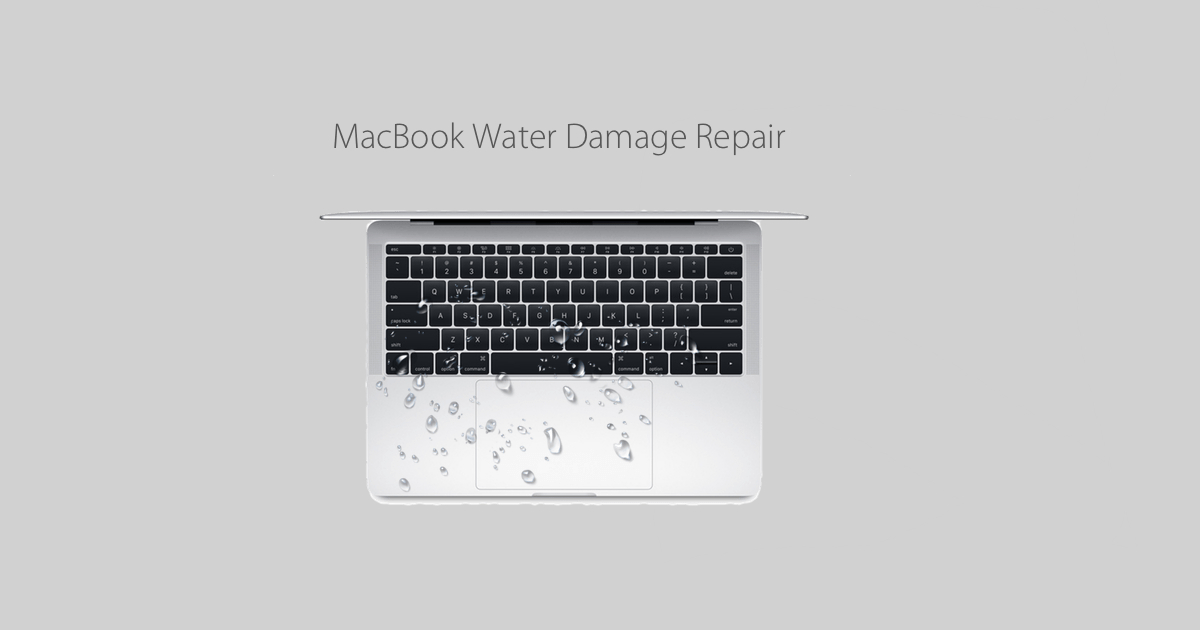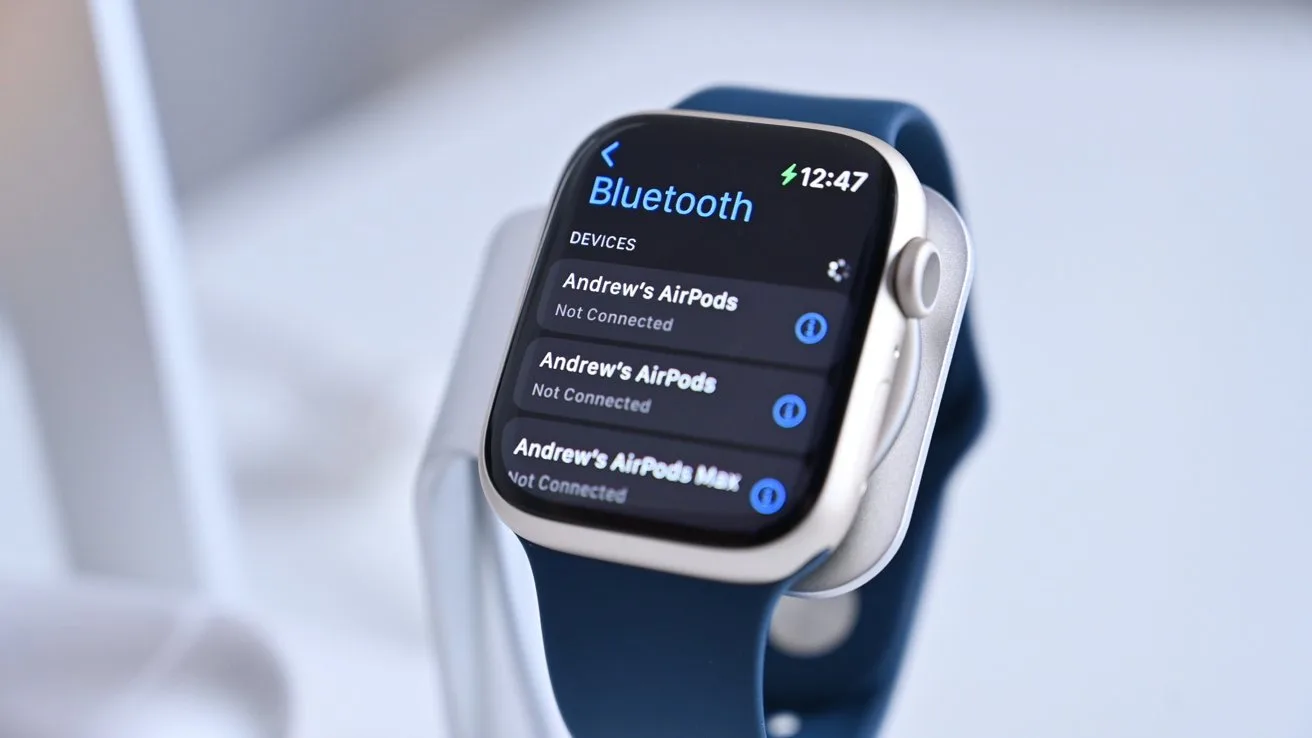Have you ever noticed foggy images or dark patches on your iPhone’s camera after it was exposed to moisture? If so, you’re not alone. Many users experience iPhone camera fog or black spots after moisture, especially in humid environments or after accidental water exposure. Understanding the cause and knowing what steps to take immediately can help you avoid long-term camera damage. In this guide, we’ll walk you through the reasons behind this issue, how to fix it, and when to seek professional help.
Why iPhone Camera Fog or Black Spots After Moisture Occurs
To begin with, moisture is one of the most common reasons your iPhone camera may start showing fog or black spots. Even though modern iPhones come with strong water resistance, they are not entirely waterproof. iPhone camera fog or black spots after moisture can occur when tiny water droplets or condensation form inside the camera lens housing.
Moreover, if the moisture remains trapped, it can lead to corrosion on the camera sensor or other internal components. Over time, this may result in permanent dark patches or blurred images that can’t be fixed by simple cleaning. Therefore, understanding the source of moisture exposure is crucial.
Common Causes Behind iPhone Camera Fog or Black Spots After Moisture
Let’s explore the most frequent causes of this frustrating issue:
- Humidity and Temperature Changes
Rapid temperature changes—such as moving from a cold air-conditioned room to a warm outdoor area—can cause condensation to build up inside your iPhone camera. This leads to temporary iPhone camera fog or black spots after moisture that may clear up on its own after some time. - Accidental Water Contact
Even minor splashes, rain exposure, or steam from a bathroom can introduce moisture into the iPhone’s camera unit. Despite having an IP rating, iPhones can still suffer moisture-related camera issues if the seals are compromised. - Cracked or Damaged Lens
If your camera lens is cracked or has a loose seal, water can easily seep in. Once moisture gets trapped, iPhone camera fog or black spots after moisture can appear more frequently and persistently. - Internal Condensation
Sometimes, moisture can find its way deeper into the camera module through the internal vents or frame gaps. This kind of damage is more serious and often requires professional inspection.
Immediate Steps to Take When You Notice Moisture Damage
When you first detect iPhone camera fog or black spots after moisture, it’s important to act quickly to prevent further harm.
- Turn Off Your iPhone Immediately
As soon as you suspect moisture damage, power off your device. Continuing to use it could cause short-circuiting. - Remove Any Case or Cover
Take off any protective case to allow proper airflow and help moisture evaporate naturally. - Avoid Using a Hairdryer or Heater
Many users make the mistake of applying direct heat, which can worsen the issue. Instead, place the iPhone in a dry, well-ventilated area. - Use Silica Gel Packets
Silica gel is highly effective at absorbing moisture. Keep your iPhone in a sealed bag or container with a few silica packets for 24–48 hours. - Do Not Insert Foreign Objects
Avoid inserting cotton swabs or tissues into the camera lens area. Doing so can push moisture further inside or scratch the lens.
How to Diagnose if the Fog or Black Spots Are Hardware-Related
After taking the initial steps, it’s essential to determine whether the problem is temporary or caused by hardware damage. iPhone camera fog or black spots after moisture that persist for days usually indicate internal hardware issues.
- Fog Disappears After Drying: Likely caused by surface condensation—no major damage.
- Persistent Black Spots: May indicate water corrosion or damage to the image sensor.
- Uneven Image Clarity: Suggests trapped moisture between the camera layers.
If the issue continues, you’ll need professional diagnostics to assess whether the camera module or logic board has been affected.
Hardware vs. Software Possibilities
It’s easy to assume all moisture issues are hardware-related, but that’s not always the case. Sometimes, iPhone camera fog or black spots after moisture can appear due to software errors.
- Hardware Problems: Damaged camera sensors, corroded connectors, or lens misalignment.
- Software Glitches: iOS bugs or failed camera app calibration after a system update.
To check for software issues, try the following steps:
- Restart your iPhone.
- Update to the latest version of iOS.
- Reset all settings (Settings → General → Reset → Reset All Settings).
If none of these resolve the issue, it’s most likely hardware-related.
Professional Repair for iPhone Camera Fog or Black Spots After Moisture
If your troubleshooting doesn’t help, it’s best not to delay repair. Continuing to use a moisture-affected device can worsen corrosion. For a reliable and long-term fix, contact a trusted service center like Milaaj.
Their technicians can open the device safely, remove internal moisture, clean the logic board, and replace the damaged camera components if needed. Additionally, they use specialized drying techniques and diagnostic tools to ensure every trace of water damage is addressed.
Preventive Measures to Avoid Future Moisture Damage
Preventing iPhone camera fog or black spots after moisture is much easier than repairing them. Here are a few useful preventive tips:
- Avoid Exposing Your iPhone to Humidity: Keep your device away from bathrooms, steam rooms, and saunas.
- Use a Waterproof Case: Invest in a quality waterproof case if you’re often near water.
- Store Your iPhone Properly: Keep it in a cool, dry place when not in use.
- Inspect the Camera Lens Regularly: Check for cracks or signs of wear that may allow moisture in.
- Service After Water Exposure: If your iPhone accidentally gets wet, have it inspected even if it appears fine.
By following these precautions, you can significantly reduce the risk of fogging and black spots in the future.
When to Replace the Camera Module
Sometimes, despite your best efforts, iPhone camera fog or black spots after moisture may cause irreversible damage. In such cases, replacing the entire camera module becomes necessary.
Professional technicians can quickly assess whether the damage is limited to the camera or has spread to other parts of the device. Replacing only the affected components helps restore camera clarity and ensures long-term functionality.
Conclusion
Dealing with iPhone camera fog or black spots after moisture can be frustrating, especially when your photos turn out unclear. However, with quick action, proper drying methods, and professional repair support, most devices can be restored successfully.
If you suspect severe internal damage or persistent black spots, don’t take chances. Reach out to Milaaj Mobiles and Laptop Repair Al Barsha — the trusted experts in iPhone camera and water damage repair. With their professional diagnostics and high-quality service, your iPhone can be restored to perfect working condition.
Book now for doorstep mobile and laptop repair services!
📍 Visit Any Milaaj Branch in Dubai
🔹 Bur Dubai
Milaaj Mobile and Laptop Repair Dubai
📞 055 258 8477
🔗 Google Maps
🔹 Al Barsha
Milaaj Mobiles and Laptop Repair Al Barsha
📞 052 596 2846
🔗 Google Maps
🔹 Reef Mall (Salah Al Din)
Milaaj Service Center Reef Mall
📞 052 3405 814
📍 1st Floor, Shop 16, Deira
🔗 Google Maps
🔹 Al Nuaimiya
Milaaj Mobiles and Laptops Ajman
📞 055 788 9654
🔗 Google Maps
Shop Locations: Al Barsha | Bur Dubai | Reef Mall, Salah Al Din | Al Nuaimiya, Ajman
Email: support@milaaj.com
Operating Hours: Monday – Sunday






Leave a Reply